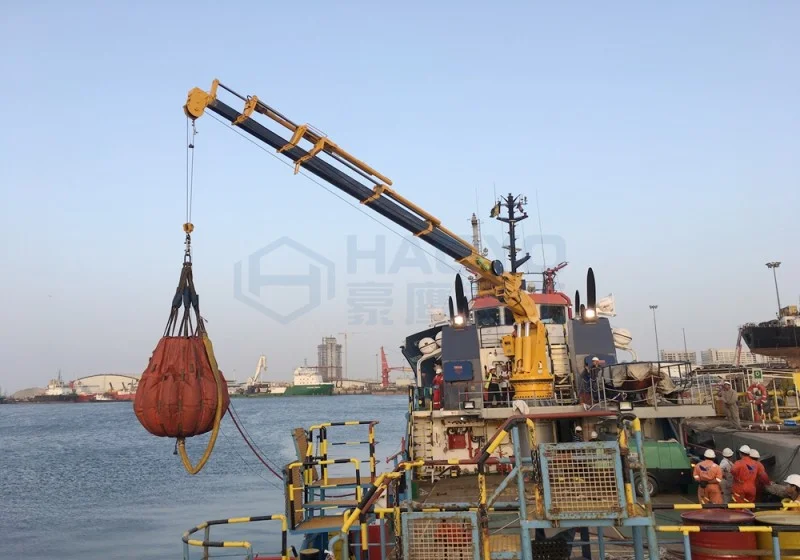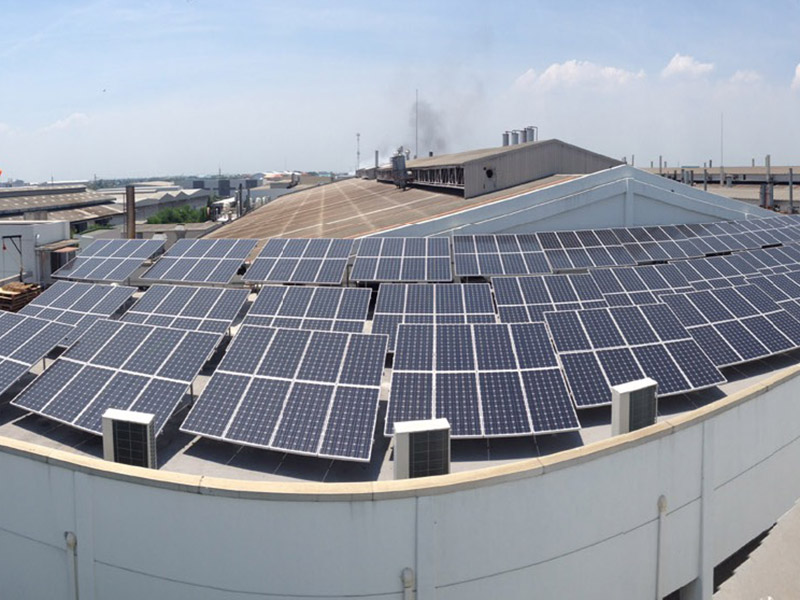In many maritime scenarios, such as modern marine engineering, maritime transportation, oil extraction, and ship operations, cranes are one of the indispensable core equipment. As one of the many types of cranes, stiff boom cranes have become an ideal choice for offshore operations due to their simple structure, strong load-bearing capacity, and high stability. So, why do more and more companies choose stiff boom cranes in offshore operations? This article will deeply analyze its application value and advantages from multiple dimensions.
1. What is a stiff boom crane?
A stiff boom crane, also known as a rigid arm crane, is a lifting equipment with a fixed straight arm structure, which mainly relies on a winch and wire rope for vertical lifting of cargo. This type of crane is different from a foldable knuckle boom crane or telescopic crane. Its boom structure cannot be retracted or bent, so it is more suitable for occasions with high requirements for operating radius and stability.
2. Structural characteristics of stiff boom cranes
Before analyzing its applicability in depth, let's take a look at the core structural composition of a stiff boom crane:
Fixed boom: The boom is made of high-strength steel, fixed on a slewing platform, and cannot be folded or retracted.
Hydraulic or electric drive system: responsible for boom lifting, rotation, and winching operations.
Winch and wire rope system: complete the main lifting action.
360°rotating platform: most models support full-range rotation, which is convenient for operation deployment on the ship deck.
Control system: including cab, remote control device, or wireless controller, etc., to ensure the convenience and safety of operation.
It is this simple and efficient structure that lays a solid foundation for its stable operation in the offshore environment.

3. Why is the stiff boom crane more suitable for offshore operations?
3.1 Stable structure and strong wind resistance
The offshore operating environment is extremely complex, often accompanied by strong winds, huge waves and hull shaking. Compared with folding arm cranes and telescopic cranes, the rigid arm design of stiff boom cranes gives it stronger structural stability and can maintain operation accuracy and safety under high wind levels. Especially when operating on offshore platforms or large ships, a stable boom structure is more conducive to ensuring the reliability of the lifting process.
3.2 Simple maintenance and low failure rate
Due to its simple structure, stiff boom cranes have relatively fewer hydraulic systems and control components, and do not have multiple joints or telescopic structures, so their mechanical failure rate is much lower than other types of cranes. In offshore operations far from land, equipment reliability is particularly important, as any equipment failure may result in expensive downtime costs or even casualties.
3.3 Applicable to a variety of offshore application scenarios
Stiff boom cranes are widely used in the following offshore operating environments:
Offshore wind power installation and maintenance
Material lifting on oil drilling platforms
Hatch lifting on cargo ships and container ships
Ship-to-Ship Transfer
Marine scientific research and equipment deployment operations
Whether it is a small fishing boat or a 10,000-ton tanker, a stiff boom crane with suitable tonnage and arm length can be selected according to different working conditions, which has strong adaptability.
3.4 Easy operation and improved operating efficiency
Stiff boom cranes use fixed booms, and their operating logic is more direct and clear, without the need for complex multi-axis control, and even novice operators can quickly master them. At the same time, most models are equipped with wireless remote control function, which can remotely and accurately control the lifting action to improve the safety and efficiency of the operation.
3.5 Optional multiple safety functions
In view of the high-risk nature of offshore operations, stiff boom cranes can be equipped with a variety of safety modules, such as:
Anti-overload device
Limit switch system
Lifting weight display
Automatic brake function
Windproof locking device
These safety configurations can effectively avoid accidents caused by operating errors or emergencies, and ensure the safety of personnel and equipment.
3.6 Adapt to extreme marine climates
High-quality stiff boom crane models usually use anti-corrosion coatings and salt spray-resistant materials to ensure long-term and stable operation of the equipment in extreme marine environments such as high humidity, high salt, high temperature or low temperature. In addition, its hydraulic system can also be designed for extreme cold or tropical climates according to customer needs.
4. Comparison between stiff boom crane and other types of offshore cranes
Although there are many types of marine cranes on the market, such as knuckle boom crane, telescopic boom crane and telescopic knuckle boom crane, stiff boom crane still has irreplaceable advantages in specific applications:
Although knuckle boom crane is highly flexible, it has a complex structure and high maintenance cost;
Telescopic boom crane has adjustable arm length and is suitable for long-distance operations, but the center of gravity varies greatly and is not suitable for high wind and wave environments;
Combined cranes are suitable for special working conditions, but they are expensive and difficult to operate.
In contrast, stiff boom cranes pay more attention to the actual needs of "reliability", "stability" and "easy maintenance", and are more suitable for conventional offshore operations that pursue cost-effectiveness and durability.
5. Procurement recommendations for stiff boom cranes
If you plan to purchase stiff boom cranes for offshore operations, it is recommended to consider the following aspects:
Lifting capacity requirements: clarify the lifting weight range and select the appropriate tonnage (commonly 1-100 tons).
Boom length and slewing radius: Choose the appropriate boom length and slewing range according to the size of the work site.
Operation mode: optional cab, wire control or remote control operation.
Power supply matching: confirm whether it is ship-borne diesel drive or shore power supply.
Whether certification is required: such as CE, ABS, DNV, CCS and other classification society certifications to ensure compliance with project or ship classification requirements.
After-sales guarantee and spare parts supply: brands and suppliers with global service networks or domestic rapid response capabilities are preferred.
Stiff boom cranes have become a popular equipment choice in the field of offshore operations due to their excellent structural stability, ease of operation, low maintenance and strong adaptability. Whether it is traditional cargo lifting, offshore platform supply, or installation tasks of wind power and oil operating platforms, stiff boom cranes can provide solid and reliable operation support.
For maritime companies that pursue high cost-effectiveness, stability and safety, stiff boom cranes are undoubtedly a trustworthy choice. Choosing a suitable stiff boom crane can not only greatly improve operating efficiency, but also significantly reduce operating risks and maintenance costs. It is a wise choice for efficient offshore operations.
If you need a customized stiff boom crane selection solution, please contact our technical consultant team. We will provide you with professional, efficient and economical solutions based on your specific application scenarios.
www.haoyotech.com
SHANGHAI HAOYO MACHINERY CO., LTD.





+ There are no comments
Add yours